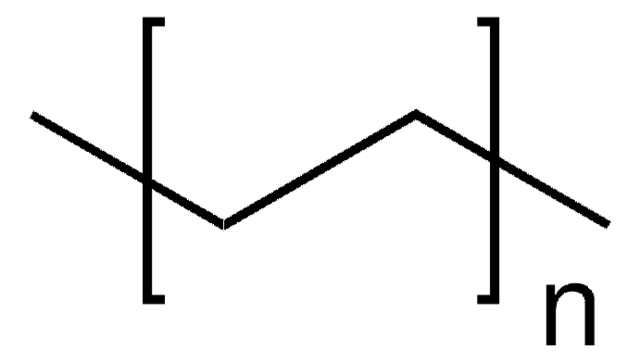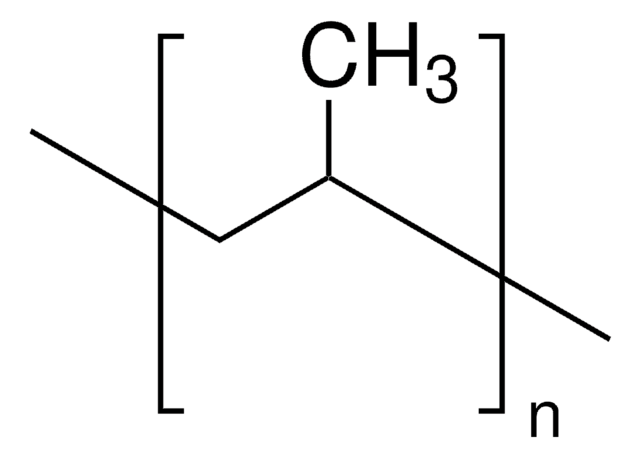112194
Hexachloro-1,3-butadiene
96%
Sinónimos:
Perchlorobutadiene
About This Item
Productos recomendados
vapor pressure
0.2 mmHg ( 20 °C)
Quality Level
assay
96%
form
liquid
refractive index
n20/D 1.555 (lit.)
bp
210-220 °C (lit.)
mp
−22-−19 °C (lit.)
density
1.665 g/mL at 25 °C (lit.)
functional group
chloro
SMILES string
Cl\C(Cl)=C(Cl)/C(Cl)=C(\Cl)Cl
InChI
1S/C4Cl6/c5-1(3(7)8)2(6)4(9)10
InChI key
RWNKSTSCBHKHTB-UHFFFAOYSA-N
¿Está buscando productos similares? Visita Guía de comparación de productos
Application
signalword
Danger
Hazard Classifications
Acute Tox. 2 Dermal - Acute Tox. 3 Oral - Aquatic Acute 1 - Aquatic Chronic 1 - Carc. 2 - Eye Irrit. 2 - Skin Irrit. 2
Storage Class
6.1A - Combustible acute toxic Cat. 1 and 2 / very toxic hazardous materials
wgk_germany
WGK 3
flash_point_f
Not applicable
flash_point_c
Not applicable
ppe
Faceshields, Gloves, Goggles, type ABEK (EN14387) respirator filter
Elija entre una de las versiones más recientes:
¿Ya tiene este producto?
Encuentre la documentación para los productos que ha comprado recientemente en la Biblioteca de documentos.
Los clientes también vieron
Nuestro equipo de científicos tiene experiencia en todas las áreas de investigación: Ciencias de la vida, Ciencia de los materiales, Síntesis química, Cromatografía, Analítica y muchas otras.
Póngase en contacto con el Servicio técnico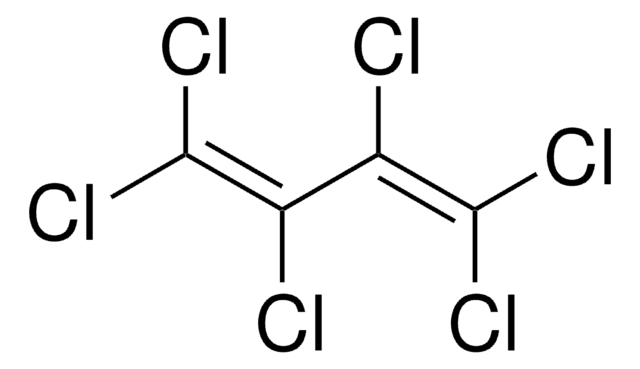

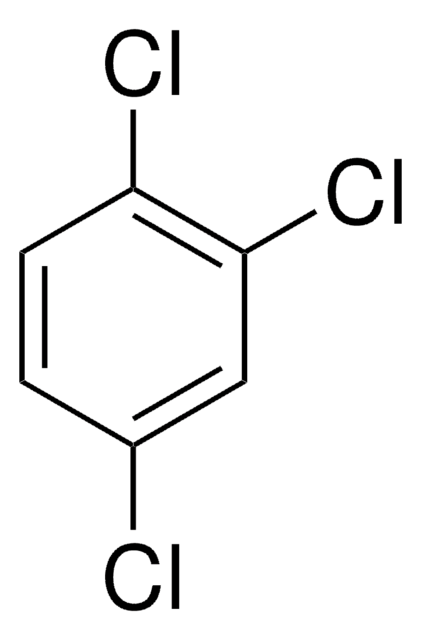

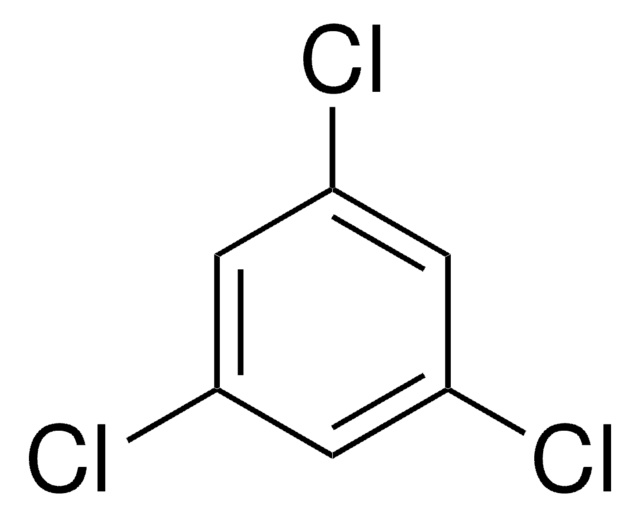
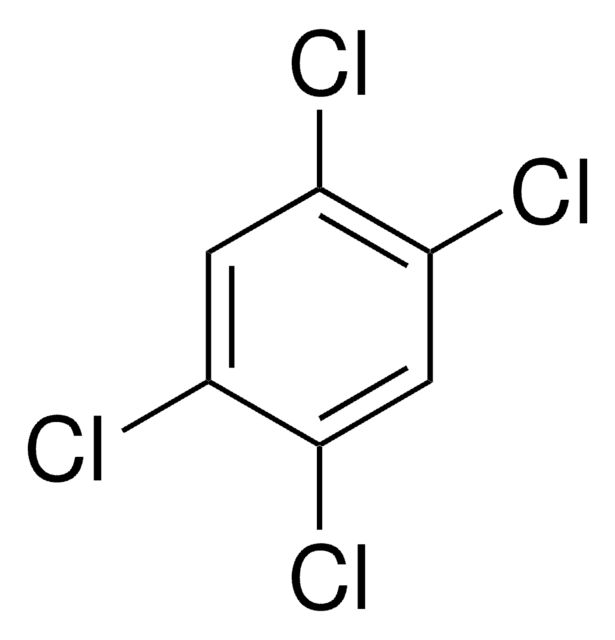

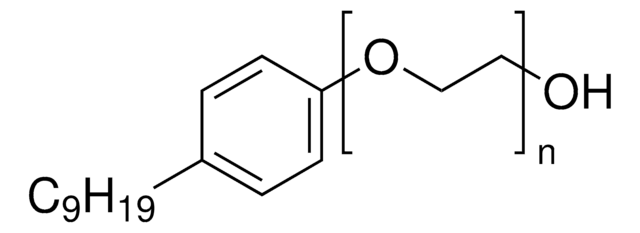

![Benzo[b]fluoranthene 98%](/deepweb/assets/sigmaaldrich/product/structures/175/744/6fa5fca2-b6ec-47b6-ab7a-fe895843f226/640/6fa5fca2-b6ec-47b6-ab7a-fe895843f226.png)





